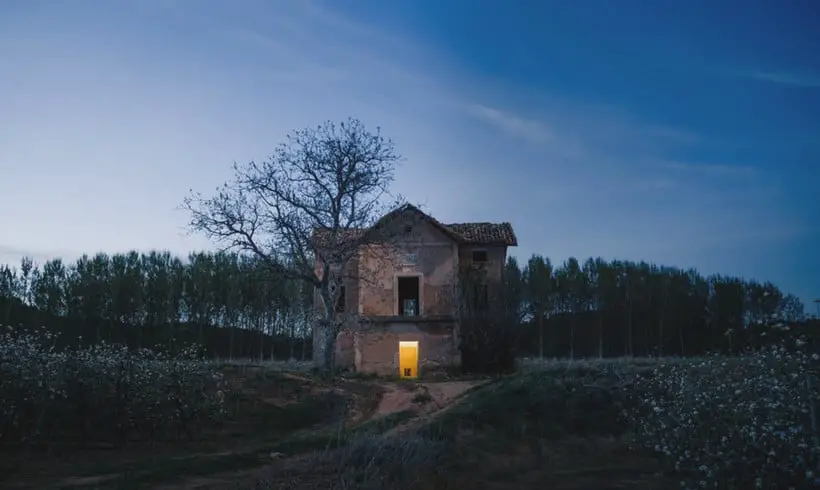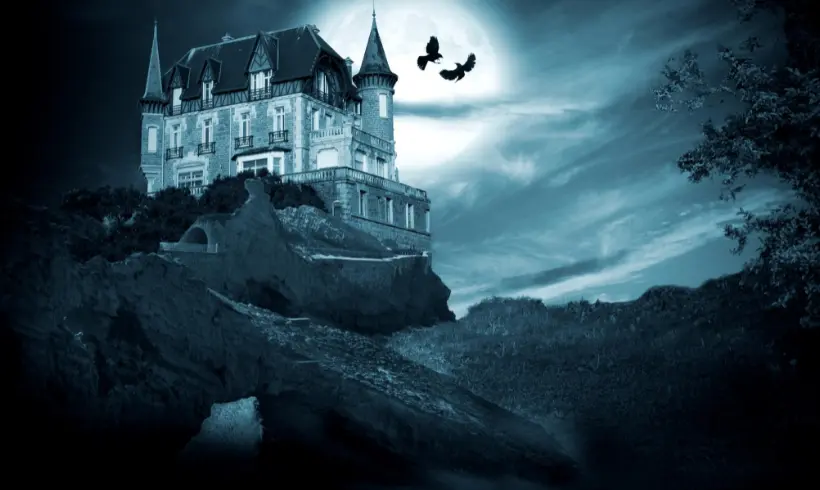On this occasion, we will delve into this type of literary fiction, we will tell you what psychological horror is, its characteristics, and the most famous psychological horror books.
Psychological horror is an assault on our minds and hearts. The authors of these stories do not focus on the monstrous or gory, but rather on showing how dark and twisted the human mind can be.
Beyond fear, it is a narrative approach that seeks to leave us in a state of bewilderment, something that undoubtedly attracts us.
In both books and psychological horror movies, the plot has to do with monsters and ghosts, but with those that live hidden in our psyche.
Moreover, this type of fiction demonstrates that human beings are often their own enemy in different contexts.
At the end we invite you to visit:
| Free Books: 100+ Horror Books for Free! [PDF]
| Best Books: The Best 25 Horror Books [Paid]
| Horror Authors: 15 Authors of Horror Books You Must Read
What is psychological horror?
Psychological horror is a subgenre of horror and literary fiction that focuses on the darker part of the human psyche, which we often repress or deny.
This type of fiction delves into the psychological and emotional vulnerabilities of human beings and their primal fears and survival instinct.
Psychological horror stories are meant to become nightmares that warn us of some previously unrecognized fear.
The subgenre is often related to psychological thriller and other psychology-based fiction subgenres.
Psychological horror often focuses on suspense and mentally unstable or disturbed characters. This is intended to increase the level of action and drama, as well as paranoia in the reader.
Consequently, the stories of the subgenre unfold in an atmosphere of anguish, disquiet, and unpleasantness.
In a horror novel or story, the monster is represented by a kind of metaphor for the character’s or society’s conflicts.
In this sense, the monstrous functions as a metaphor or symbolism of the errors and internal questioning of a character or society as a whole.
Characteristics of psychological horror
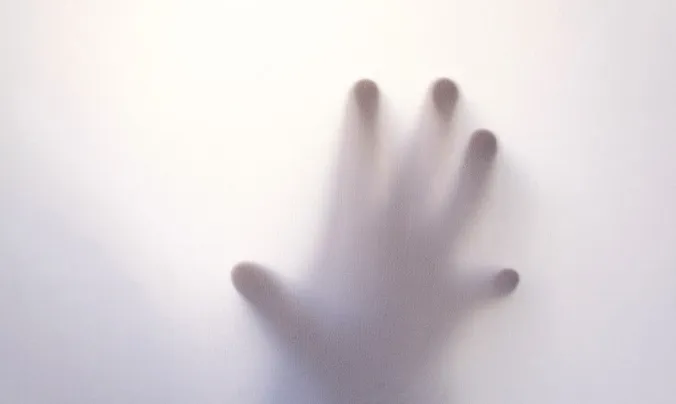
Presence of psychological elements
The objective of psychological terror is to generate a situation of threat, discomfort, or terror in the reader.
To achieve this, it reveals emotional and psychological fears or vulnerabilities that are common to everyone, including the dark part of the psyche that we often repress.
For analytical psychology, these universal fears or images come from the collective unconscious and respond to instinct.
The main character is psychologically affected and shows his darkness through doubts, distrust, paranoia, and suspicion. He distrusts not only himself but also the environment and other people around him.
Use of metaphors
Psychological horror shows the complex nature of the human being through metaphor. Battles between supernatural beings, aliens, monsters, or ghosts represent a psychological and emotional struggle.
In essence, the protagonists are those who battle their inner demons and fears.
Plot resolution is complex
While there are plots that are not necessarily resolved in a complex manner, psychological horror is often loaded with unexpected and complicated resolutions.
For example, the antagonist may escape or the protagonist must learn to live with the villain at the end of the novel or horror story.
In both books and psychological horror films, blood is not a predominant element.
Instead, the authors appeal to chilling details, ambiguity, and atmosphere to suggest conclusions or arguments.
Use of surprise elements
Plot twists are key in psychological horror literature. The authors seek to surprise the reader in order to deepen the analysis of the central theme of the book.
Unlike traditional horror, where characters fight to the death to survive, psychological horror questions our beliefs. Here, not everything is what it seems.
The story is close to reality
Artistic realism is usually an element present in psychological horror stories. The protagonists are normal people, with a normal life and a normal home.
If there is a villain, they are also human or a character from our daily lives. In this type of horror, the supernatural has little or no place.
If the protagonist is a ghost, it represents the physical experience of being alive, but driven by something without humanity.
No matter if it is about a dead or a living person, the effect always seeks to be the same: to explore the psyche of the main character.
The main character shows instability
In most psychological horror stories, the main character is suffering some pain or anguish, so their mind is on the verge of collapse.
This may or may not be due to a conspiracy, since the idea is that the viewer is confused and cannot differentiate what is real from what is not.
Often, psychological horror stories are based on individual psychological fears. Ultimately, the authors’ goal is to unsettle the protagonist and the readers.
It is precisely the character’s strange behavior that leads the audience to be unsure about what they are reading.
Unsure or unreliable narrator
As the story unfolds, both the main character’s life and his sanity are on the edge of the abyss. Thus, the reader is confused, but remains interested in discovering what is really going on in the story.
Overcoming the death experience
For the masters of psychological horror, one of the most important aspects of the story has to do with accepting death and living with it, especially when it goes against social or family norms.
This type of literature is the meeting point between reality and taboo.
Psychological horror explores themes that confront taboo and the everyday, truth and social imposition.
Ghosts in psychological horror books or movies have complex ambitions. In fact, although the protagonists may be dead, the author explores their psychology in depth.
Famous psychological horror books
We Have Always Lived in the Castle by Shirley Jackson
This is the last novel by American author Shirley Jackson. Published in 1962, it is a short story that works for both traditional horror readers and those inclined toward paranoia.
The story is told by Merricat, an 18-year-old girl who lives in a mansion in the farthest part of a village with her uncle and sister.
It is a family that lives practically in isolation, due to a strange event that occurred six years ago: some members of the family were poisoned while eating.
The novel is terrifying, but at the same time beautiful. The mansion is hell and paradise; it is a reflection of the author’s own fears and superstitions, which gives a great deal of insight into her characters.
If you like mysterious house stories, this psychological horror classic is for you.
The Shining by Stephen King
The Shining is a novel written by the master of horror, Stephen King. Published in 1977, the work tells the story of Jack Torrance, a writer who is offered a new job at the Overlook Hotel as a caretaker.
Torrance takes this opportunity to prove that he is cured of alcoholism and travels there with his wife and son, unaware of the tragic events that are about to occur.
The hotel is virtually cut off from everything and seems to have a life of its own. If you are drawn to scenes of visions, ghosts and insanity, this dark tale is for you.
As you may know, this novel has its own film adaptation by Stanley Kubrick.
The film, released under the same name, is considered one of the classics of Hollywood history. Stephen King revealed shortly after its release that the film was not to his liking.
Rosemary’s Baby by Ira Levin
Rosemary’s Baby is a psychological horror novel published in 1967 and written by the American Ira Levin.
The story is set in the 1960s and tells the story of Rosemary and Guy, a married couple who are excited to start a new life in Bramford, a renowned apartment condominium.
A friend of the couple warns them that the place has a kind of karma, due to a series of chilling events that have occurred. However, the couple decides to ignore the warning.
Guy finds a new job and they decide to have a baby. When this happens, things start to get weird.
Roman and Minnie Castevet, an elderly neighbor couple living in the condo, take a special and rather strange interest in Rosemary’s pregnancy, almost as if they have a plan for the new life ahead.
The Silence of the Lambs by Thomas Harris
The Silence of the Lambs is a mystery novel by American author Thomas Harris.
It was published in 1988, and seven years later would be included in the Mystery Writers Association of America’s list of “The Hundred Greatest Mystery Novels of All Time.“
This psychological tale tells the story of Clarice Starling, a young and prominent FBI investigator-in-the-making.
The student is captivated by the intelligence of Hannibal Lecter, a psychiatrist and bloody murderer, whom she asks to help her solve a serial murder case. As you can imagine, this is a dangerous relationship.
The Silence of the Lambs was masterfully brought to the big screen in 1991.
The film won several Academy Awards at the Oscars, including Best Adapted Screenplay, Best Actress (Jodie Foster), Best Director (Jonathan Demme) and Best Actor (Anthony Hopkins).
In Cold Blood by Truman Capote
In Cold Blood is a testimonial novel (non-fiction novel) written by Truman Capote. Published in 1966, the work began to be written in 1959.
The author dedicated several years to research and field work that led him to compile the necessary elements to construct the story.
The novel tells how an American family in a rural town is the victim of an unexplained murder, as well as how those responsible were persecuted until their final death sentence
Upon its release, the success of the story was immediate. In fact, after Helter Skelter (1974), In Cold Blood is the best-selling true crime book in history.
Critics have labeled it as psychological horror due to its high focus on the psychology of the protagonists of this real-life event.
We hope you will be encouraged to explore this literary subgenre, if you haven’t already done so. While it may be considered disturbing, it is also an enriching and interesting experience.
Other articles that may interest you
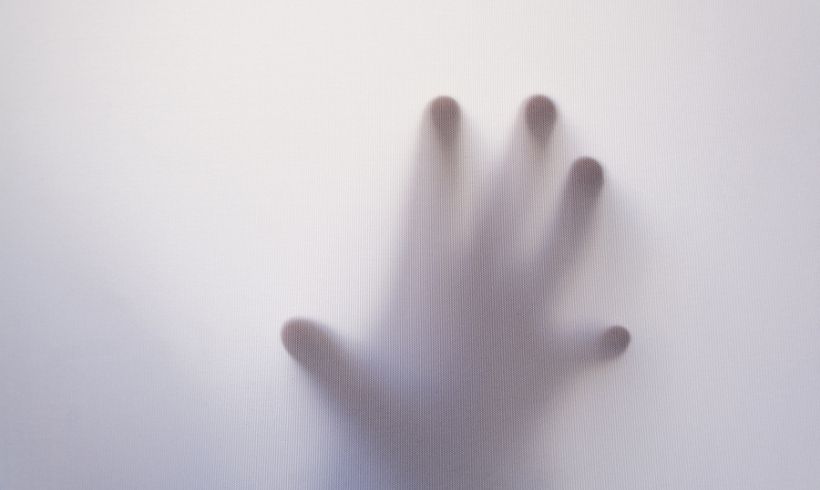
The dictionary defines horror as a genre of fiction that has the purpose of making us feel fear, repulsion, and…
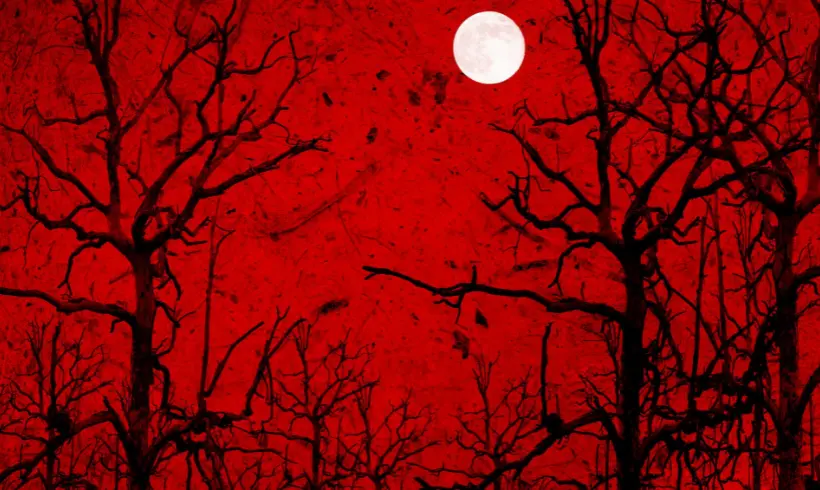
If you have read a horror story or novel, you will know that this fiction genre is designed to scare…

Surely you are wondering what is the most terrifying horror book in the world and that is why you are…
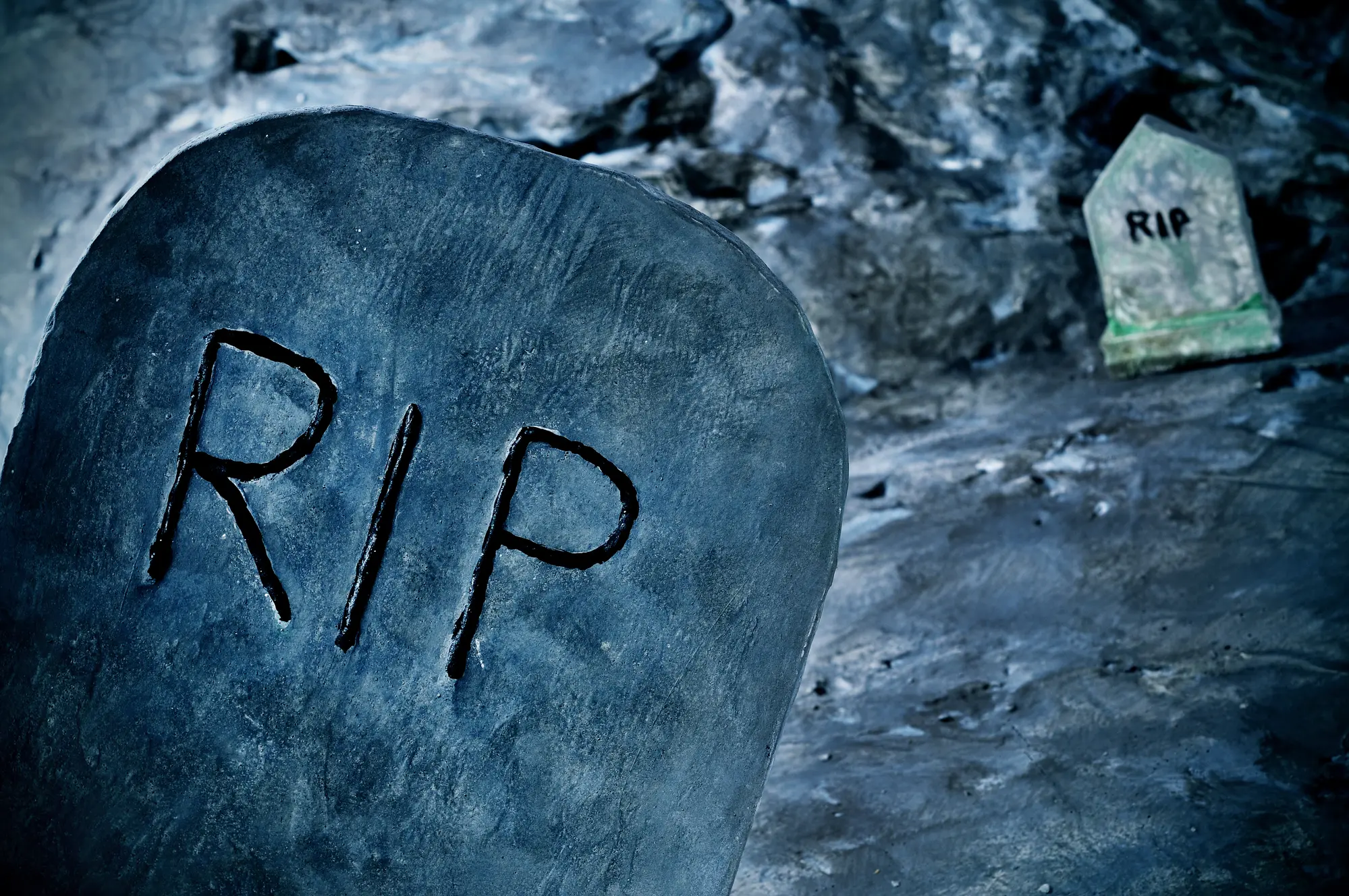
Looking for horror books made into movies? There are many adaptations, but here we will tell you about the most…

When we talk about horror book sagas, there is a wide range of options. As with fantasy, adventure, or sci-fi,…


